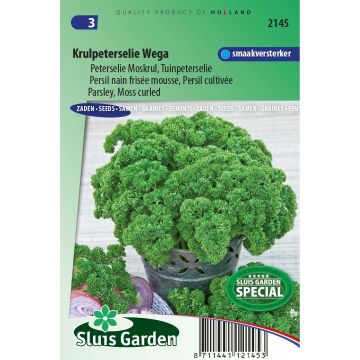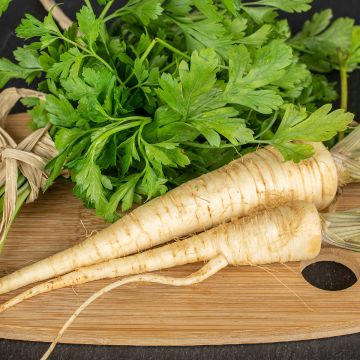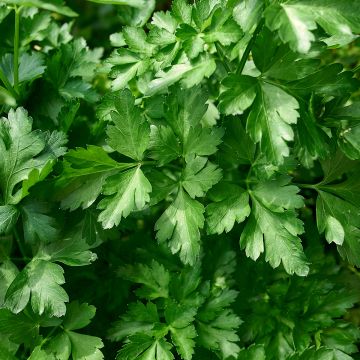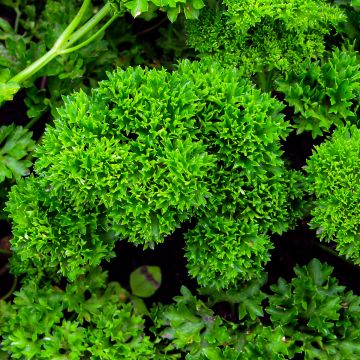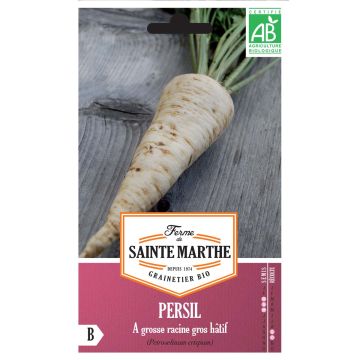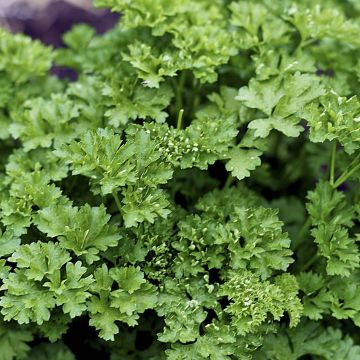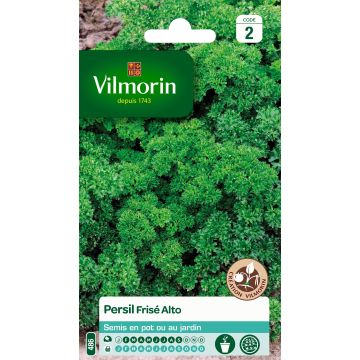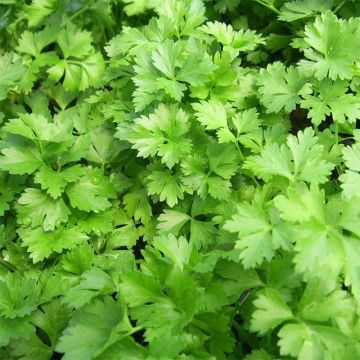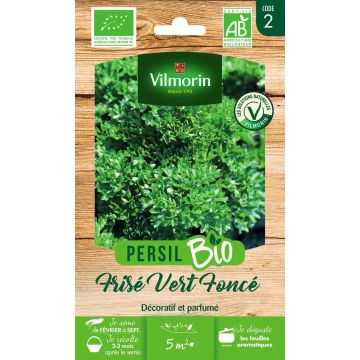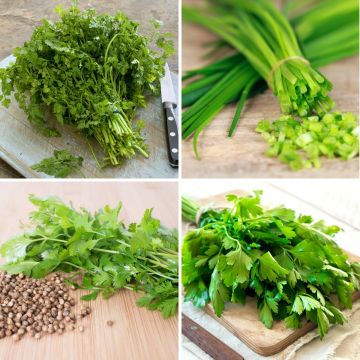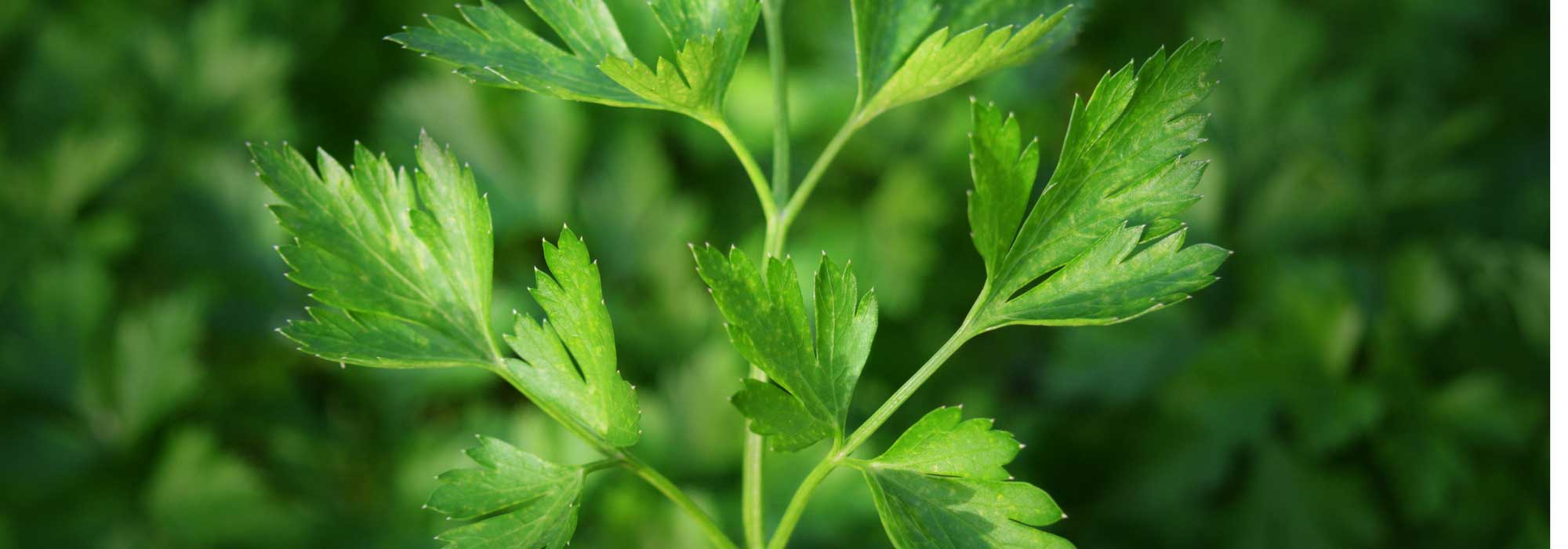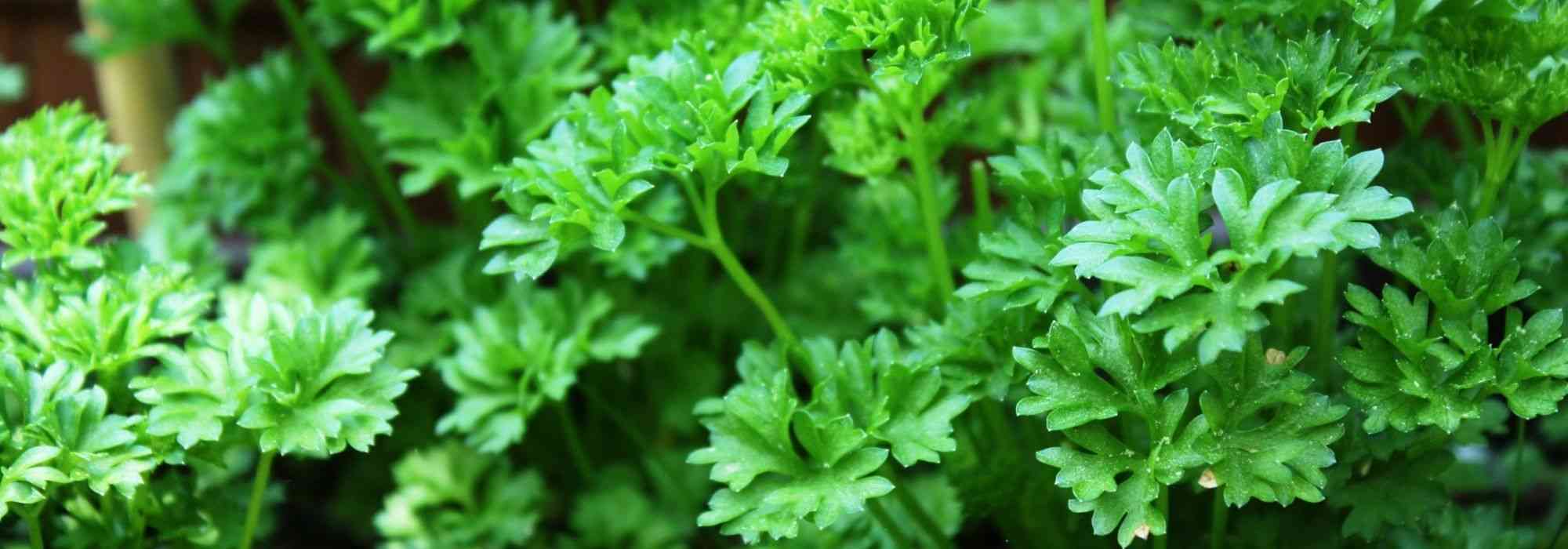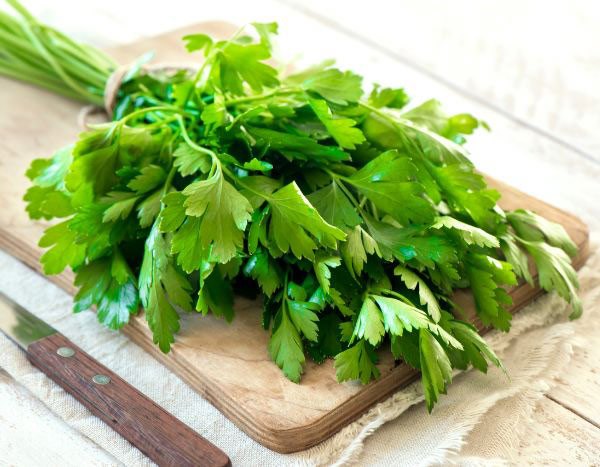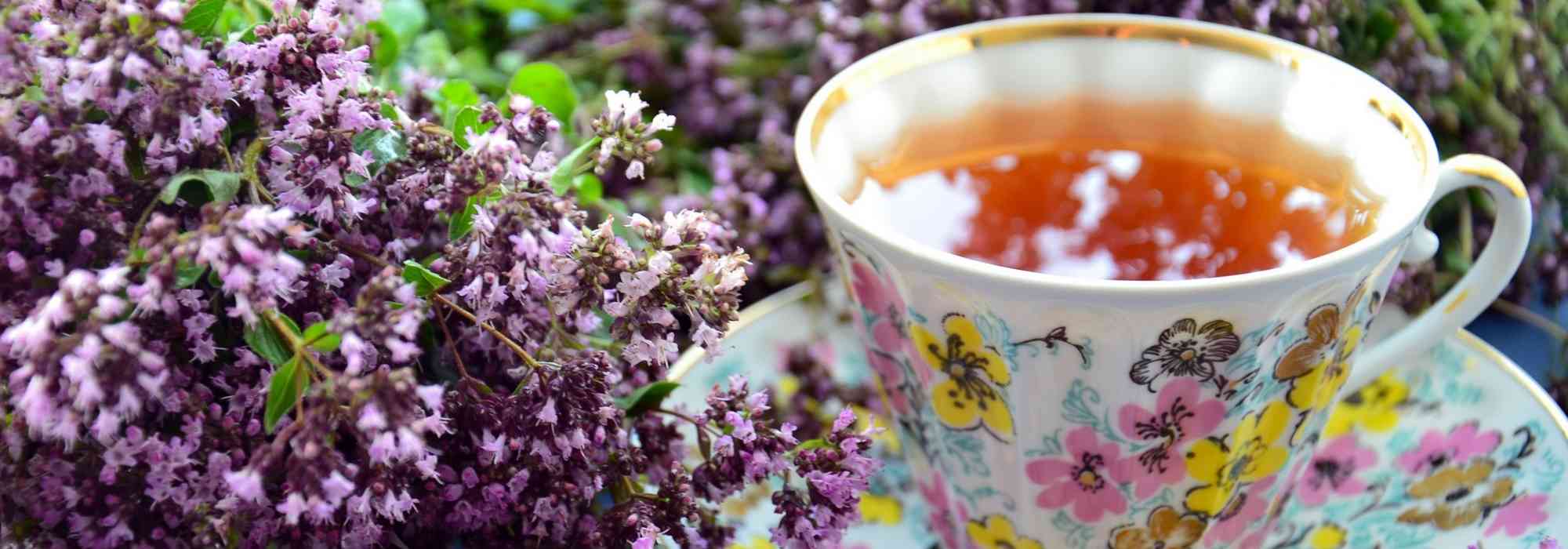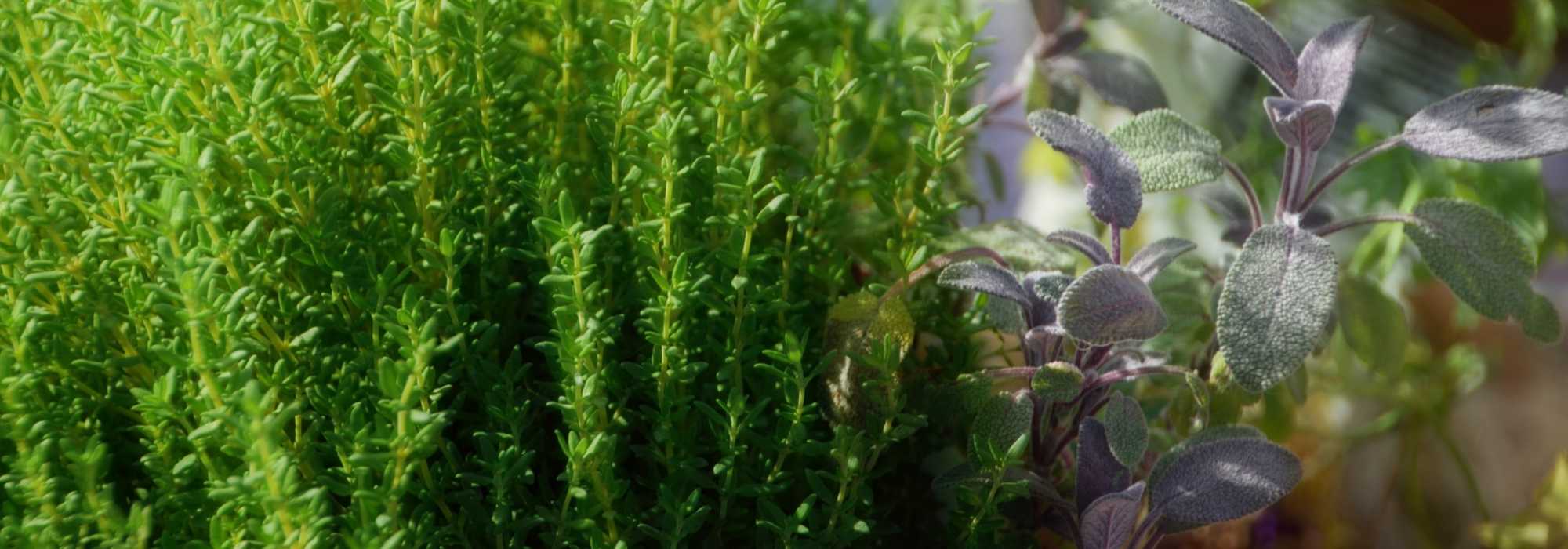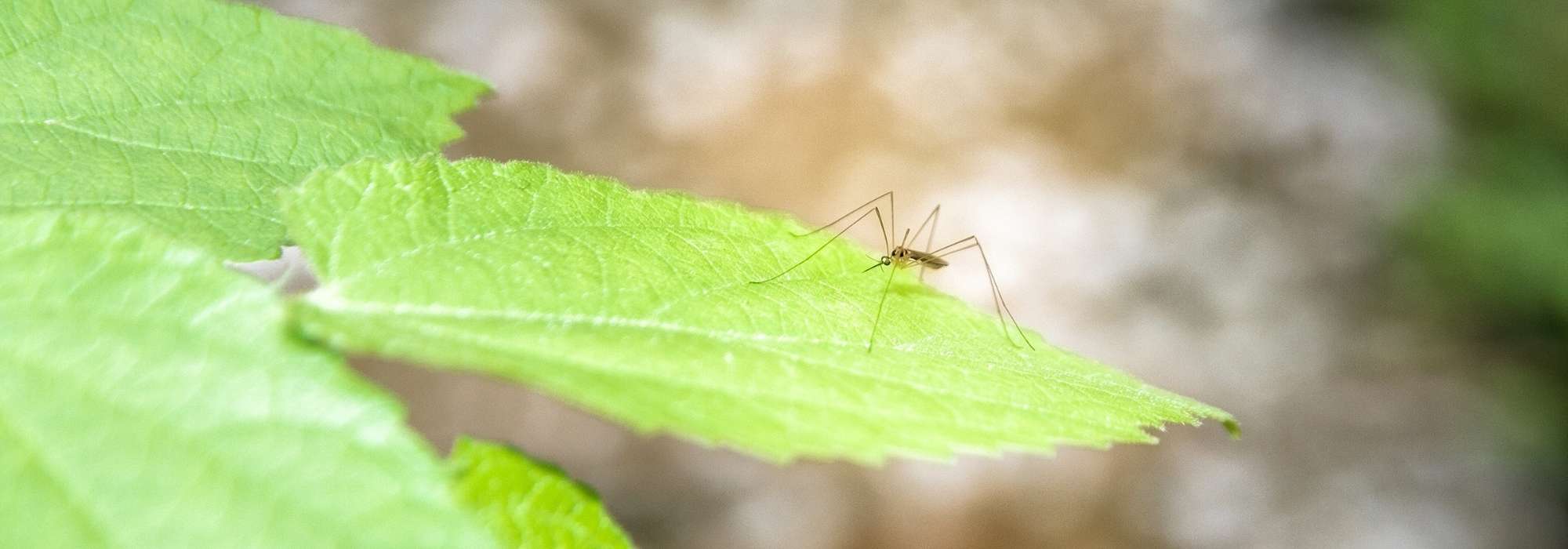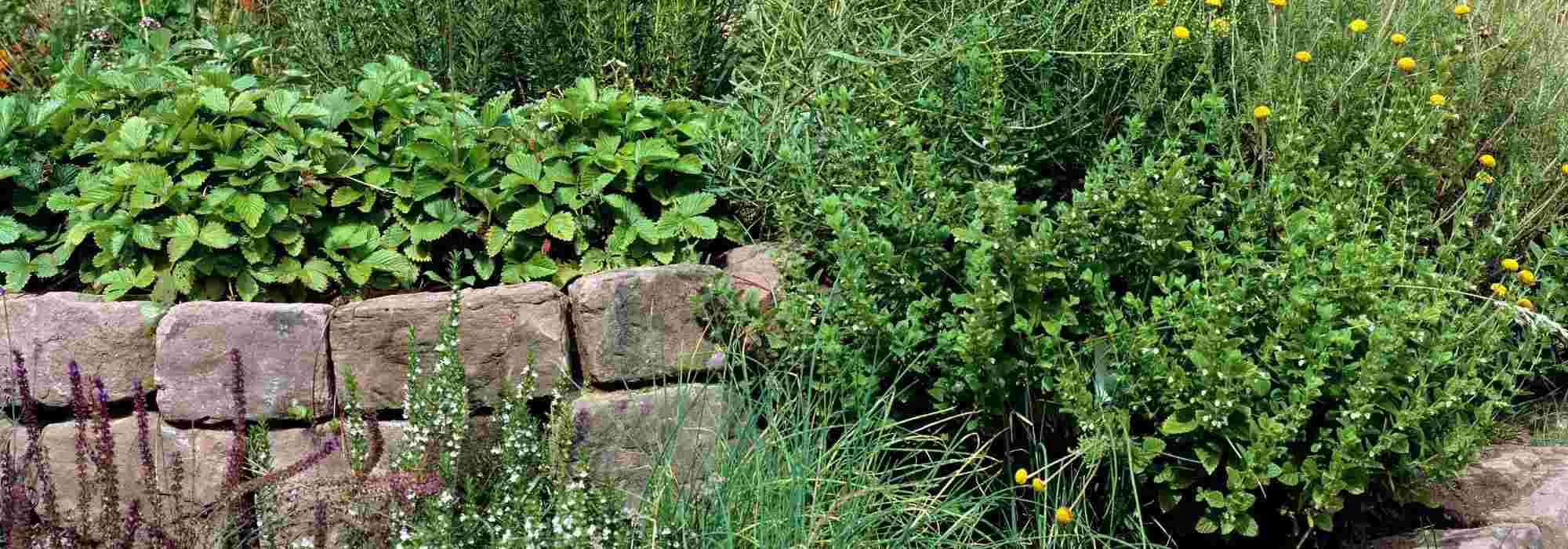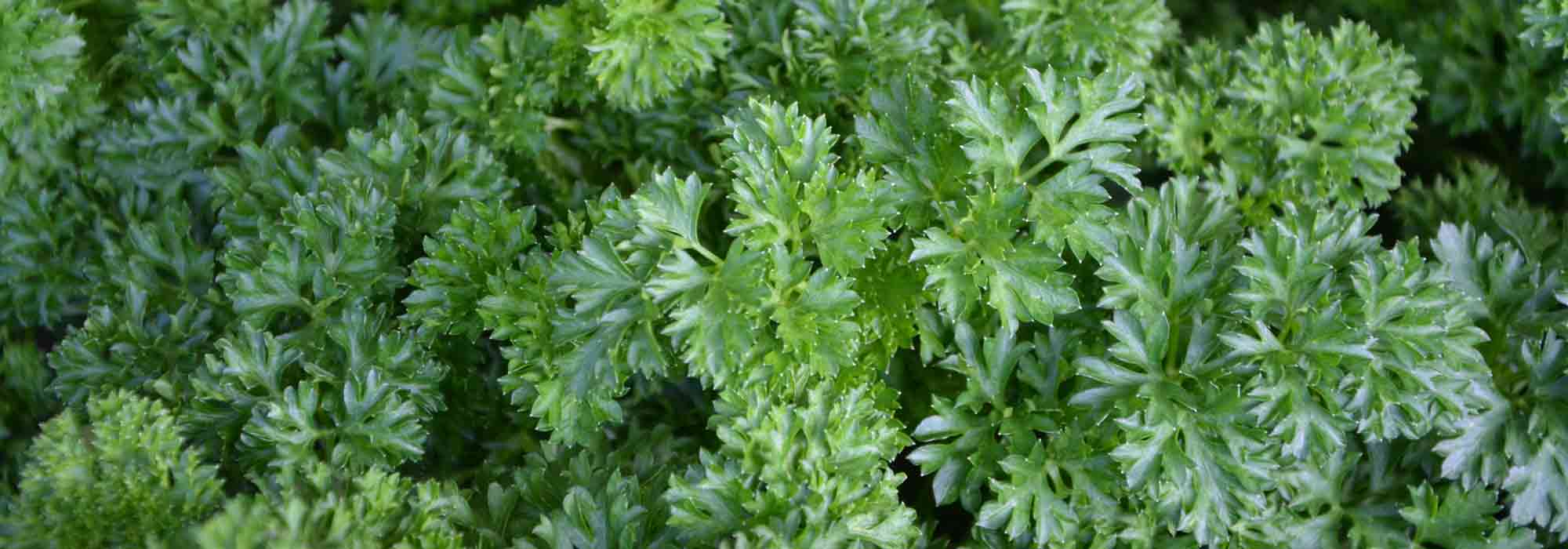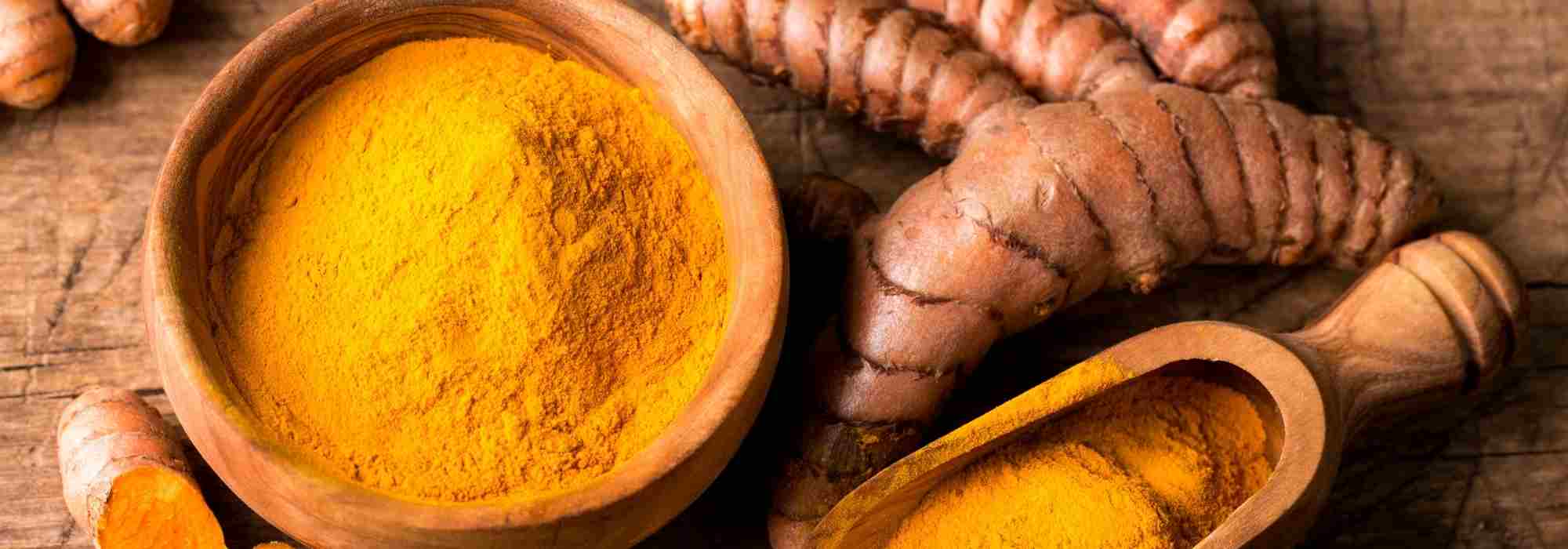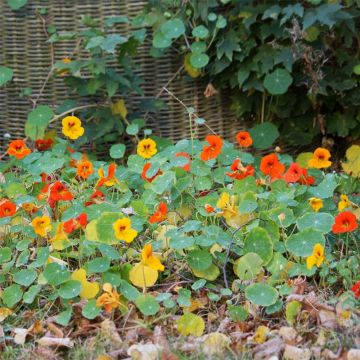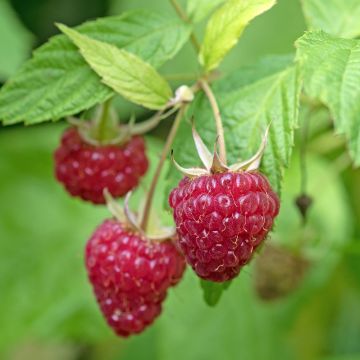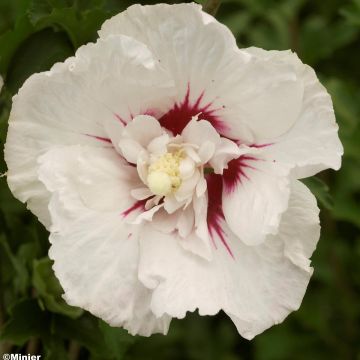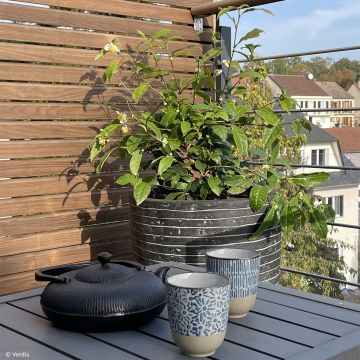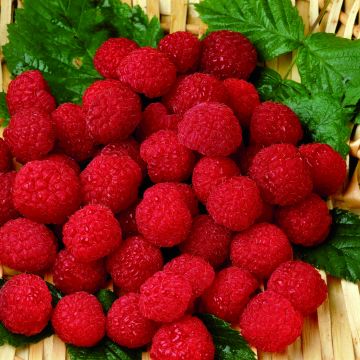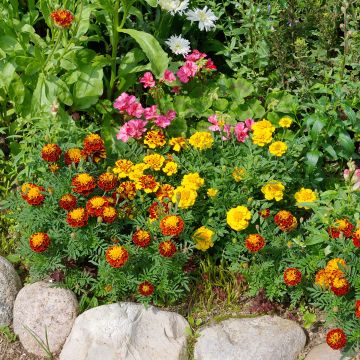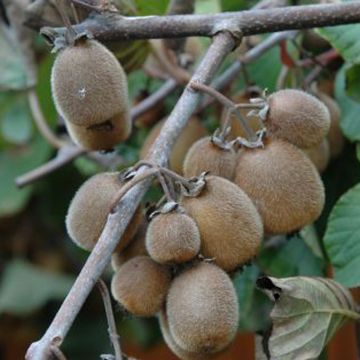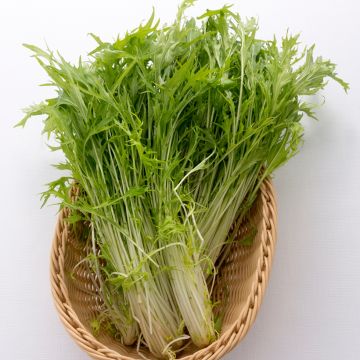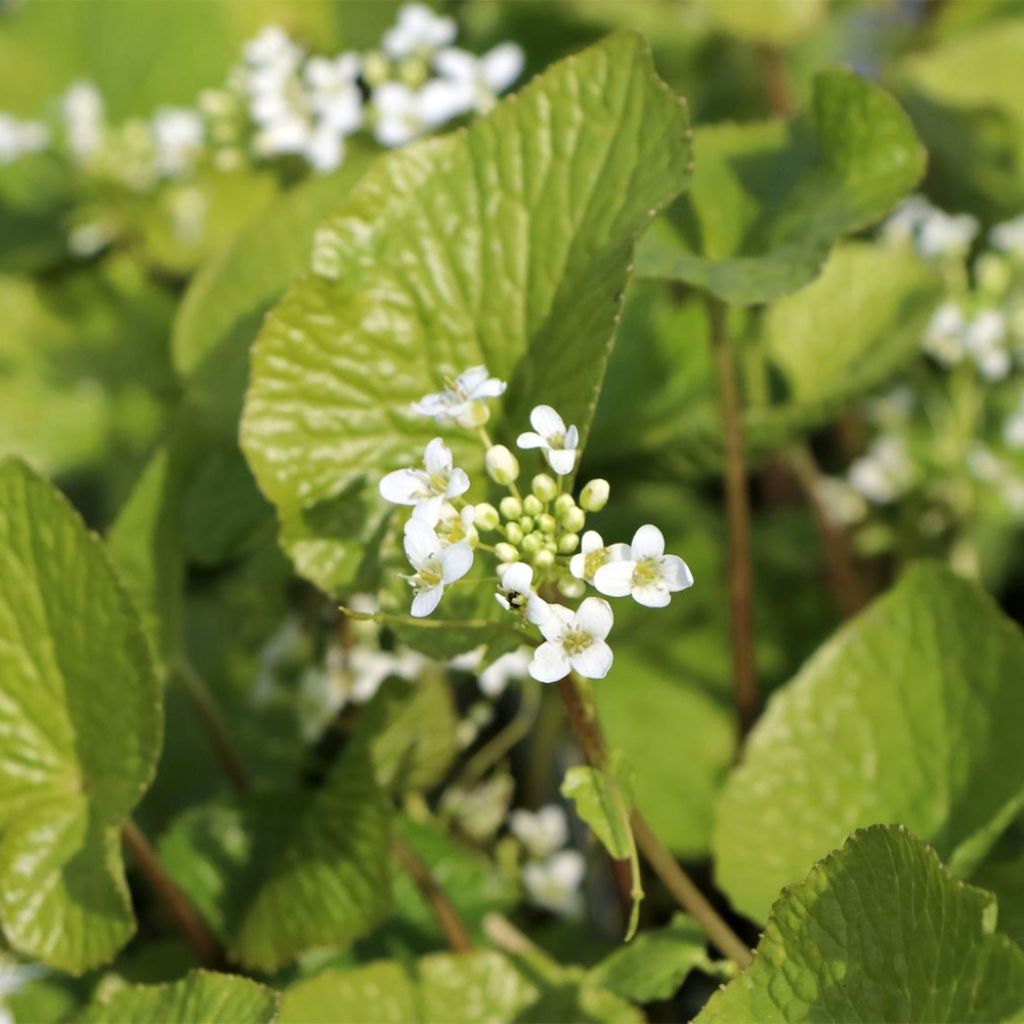

Japanese Wasabi - Eutrema japonicum
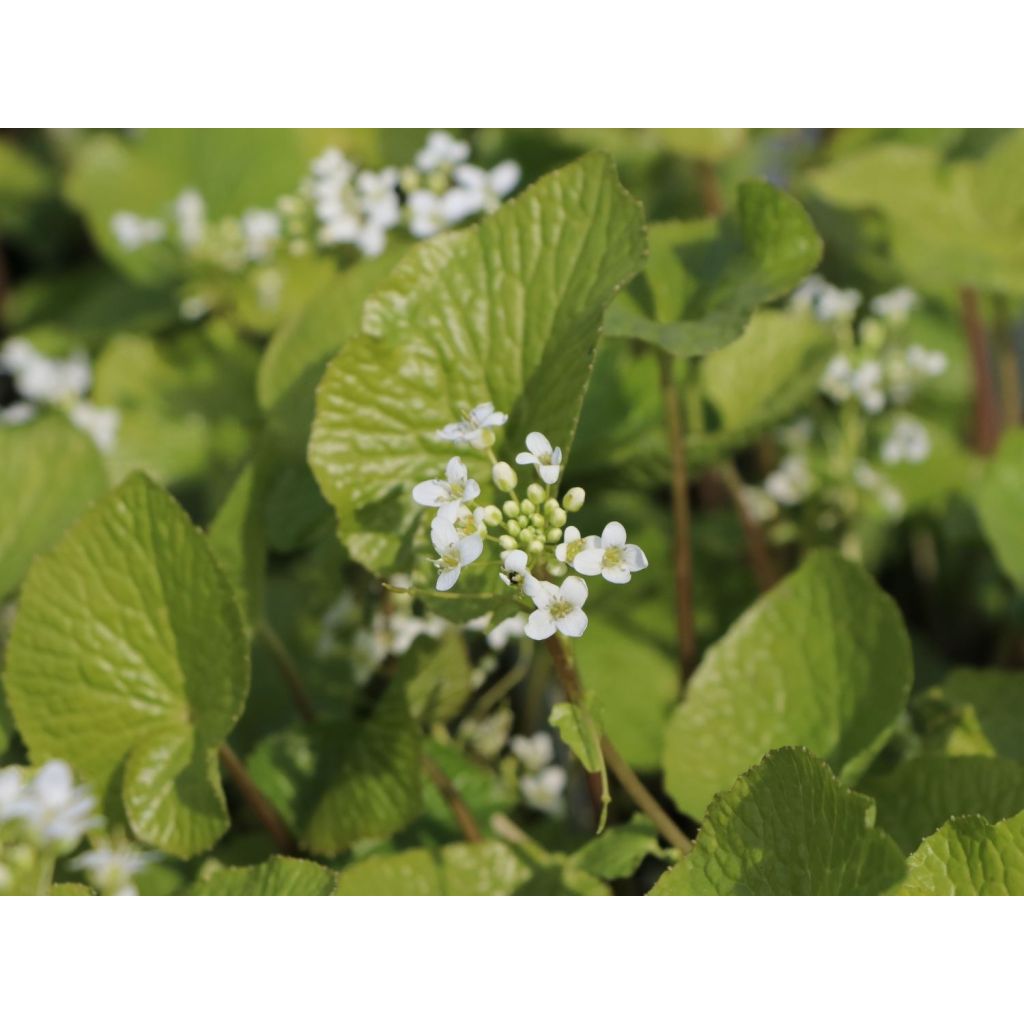

Japanese Wasabi - Eutrema japonicum
Japanese Wasabi - Eutrema japonicum
Wasabi japonica
Japanese Horseradish, Wasabi
Really cute plant, let's see if they can withstand the heat of the summer. The leaves are absolutely delicious!
Thomas, 23/03/2023
Special offer!
Receive a €20 voucher for any order over €90 (excluding delivery costs, credit notes, and plastic-free options)!
1- Add your favorite plants to your cart.
2- Once you have reached €90, confirm your order (you can even choose the delivery date!).
3- As soon as your order is shipped, you will receive an email containing your voucher code, valid for 3 months (90 days).
Your voucher is unique and can only be used once, for any order with a minimum value of €20, excluding delivery costs.
Can be combined with other current offers, non-divisible and non-refundable.
Why not try an alternative variety in stock?
View all →This plant carries a 6 months recovery warranty
More information
We guarantee the quality of our plants for a full growing cycle, and will replace at our expense any plant that fails to recover under normal climatic and planting conditions.

Description
The Japanese Wasabi or Japanese Horseradish (Eutrema japonicum) is a perennial plant that is cultivated for its grated root, similar to horseradish, but also for its leaves. With a strong and spicy flavor, wasabi adds fragrance to many Japanese specialties such as sushi and the eponymous spicy sauce. Both the root and leaves can be consumed raw. Successfully growing Wasabi is delicate, as the plant cannot tolerate temperatures below 15°C (59°F) or above 20°C (68°F), direct sunlight, and its foliage attracts slugs. The root is harvested after 2 to 3 years of cultivation, when shoots appear near the plant's stump. These shoots are then replanted in a pot to obtain new plants.
The Japanese Wasabi belongs to the Brassicaceae family, and is a relative of mustard and horseradish. It is native to Japan, as well as the Russian islands of Sakhalin, where it grows along rivers in humid mountainous areas, under a very temperate climate, unaffected by both freezing temperatures and heatwaves. The plant develops thin brown stems that bear large heart-shaped leaves with prominent veins, measuring up to 20 cm (8in) in diameter. The tip of each vein has a small rounded protuberance resembling a pearl. Young leaves are bronze-green to purplish in color, while adult leaves are a more vibrant green. This lush foliage persists throughout the year. The spring flowering takes the form of small white to pinkish flowers.
In cuisine: The finely grated root of Japanese wasabi is used to make the green-colored spicy sauce called Wasabi, but this condiment also enhances sushi, meat or fish dishes, soups, and rice. Modern cuisine also uses it to flavor certain pastries. The stems and leaves can be enjoyed as green vegetables, stir-fried in a wok, or even deep-fried in tempura. It is also a recognized medicinal plant in Asian pharmacopoeia.
Harvesting: Harvest the leaves as needed, they can be used raw or cooked, and their flavor is milder than that of the root. Harvest the root after 2 to 3 years of cultivation, when it measures approximately 10 cm (4in) in length and 3 cm (1in) in diameter. Grate the root very finely as needed, as its aroma is highly volatile!
Storage: Wrap the wasabi root in a damp cloth and place it in an open plastic bag to be stored in the vegetable compartment of the refrigerator. Change the damp cloth every two days. Cut off any new shoots that may reappear to avoid exhausting the root.
Cultivation tips: Japanese wasabi is a plant that prefers shade, humid wooded environments, and a temperature that oscillates around 15°C (59°F) both in summer and winter. Cultivate it in a pot, protected from direct sunlight, in high-quality soil that remains slightly moist. Do not use a saucer under the pot to avoid stagnant water that could cause the root to rot. Consider placing a layer of clay pebbles at the bottom of the pot for drainage.
Japanese Wasabi - Eutrema japonicum in pictures
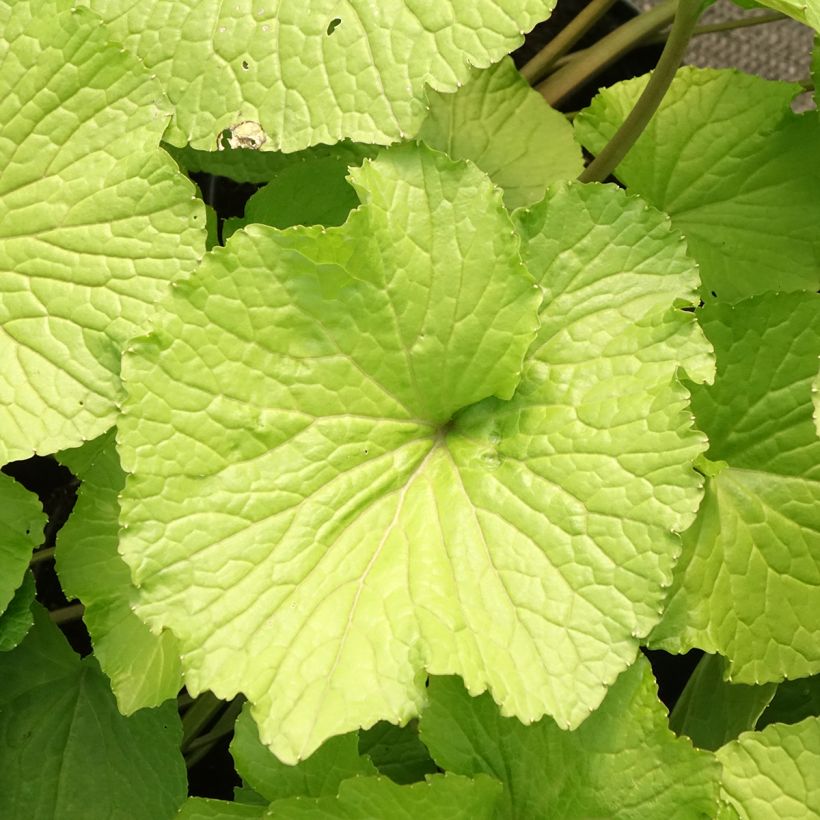

Harvest
Plant habit
Foliage
Planting and care
Planting wasabi is preferably done in spring (from April to June) after the frost. Wasabi is a cold-sensitive semi-aquatic plant that is most often grown in a pot in our climates. It likes shade, moist wooded environments, and a temperature that fluctuates around 15°C (59°F) both in summer and winter. The mother plant produces small tillers at its base after 2 or 3 years. It is at this point that the root will be harvested. The small plants will be collected and replanted in separate pots.
In a pot: Place a layer of gravel or clay pellets at the bottom of the pot to facilitate drainage. Fill it with good quality potting soil, delicately place the young plant, and cover with soil. Compact and water to keep the soil moist. During cultivation, water regularly, at least twice a week (or more during dry periods). The growing substrate should never completely dry out. Do not put a saucer under the pot to avoid stagnant water that can cause the root to rot.
Cultivation
Care
Intended location
Planting & care advice
-
, onOrder confirmed
Reply from on Promesse de fleurs
Similar products
Haven't found what you were looking for?
Hardiness is the lowest winter temperature a plant can endure without suffering serious damage or even dying. However, hardiness is affected by location (a sheltered area, such as a patio), protection (winter cover) and soil type (hardiness is improved by well-drained soil).

Photo Sharing Terms & Conditions
In order to encourage gardeners to interact and share their experiences, Promesse de fleurs offers various media enabling content to be uploaded onto its Site - in particular via the ‘Photo sharing’ module.
The User agrees to refrain from:
- Posting any content that is illegal, prejudicial, insulting, racist, inciteful to hatred, revisionist, contrary to public decency, that infringes on privacy or on the privacy rights of third parties, in particular the publicity rights of persons and goods, intellectual property rights, or the right to privacy.
- Submitting content on behalf of a third party;
- Impersonate the identity of a third party and/or publish any personal information about a third party;
In general, the User undertakes to refrain from any unethical behaviour.
All Content (in particular text, comments, files, images, photos, videos, creative works, etc.), which may be subject to property or intellectual property rights, image or other private rights, shall remain the property of the User, subject to the limited rights granted by the terms of the licence granted by Promesse de fleurs as stated below. Users are at liberty to publish or not to publish such Content on the Site, notably via the ‘Photo Sharing’ facility, and accept that this Content shall be made public and freely accessible, notably on the Internet.
Users further acknowledge, undertake to have ,and guarantee that they hold all necessary rights and permissions to publish such material on the Site, in particular with regard to the legislation in force pertaining to any privacy, property, intellectual property, image, or contractual rights, or rights of any other nature. By publishing such Content on the Site, Users acknowledge accepting full liability as publishers of the Content within the meaning of the law, and grant Promesse de fleurs, free of charge, an inclusive, worldwide licence for the said Content for the entire duration of its publication, including all reproduction, representation, up/downloading, displaying, performing, transmission, and storage rights.
Users also grant permission for their name to be linked to the Content and accept that this link may not always be made available.
By engaging in posting material, Users consent to their Content becoming automatically accessible on the Internet, in particular on other sites and/or blogs and/or web pages of the Promesse de fleurs site, including in particular social pages and the Promesse de fleurs catalogue.
Users may secure the removal of entrusted content free of charge by issuing a simple request via our contact form.
The flowering period indicated on our website applies to countries and regions located in USDA zone 8 (France, the United Kingdom, Ireland, the Netherlands, etc.)
It will vary according to where you live:
- In zones 9 to 10 (Italy, Spain, Greece, etc.), flowering will occur about 2 to 4 weeks earlier.
- In zones 6 to 7 (Germany, Poland, Slovenia, and lower mountainous regions), flowering will be delayed by 2 to 3 weeks.
- In zone 5 (Central Europe, Scandinavia), blooming will be delayed by 3 to 5 weeks.
In temperate climates, pruning of spring-flowering shrubs (forsythia, spireas, etc.) should be done just after flowering.
Pruning of summer-flowering shrubs (Indian Lilac, Perovskia, etc.) can be done in winter or spring.
In cold regions as well as with frost-sensitive plants, avoid pruning too early when severe frosts may still occur.
The planting period indicated on our website applies to countries and regions located in USDA zone 8 (France, United Kingdom, Ireland, Netherlands).
It will vary according to where you live:
- In Mediterranean zones (Marseille, Madrid, Milan, etc.), autumn and winter are the best planting periods.
- In continental zones (Strasbourg, Munich, Vienna, etc.), delay planting by 2 to 3 weeks in spring and bring it forward by 2 to 4 weeks in autumn.
- In mountainous regions (the Alps, Pyrenees, Carpathians, etc.), it is best to plant in late spring (May-June) or late summer (August-September).
The harvesting period indicated on our website applies to countries and regions in USDA zone 8 (France, England, Ireland, the Netherlands).
In colder areas (Scandinavia, Poland, Austria...) fruit and vegetable harvests are likely to be delayed by 3-4 weeks.
In warmer areas (Italy, Spain, Greece, etc.), harvesting will probably take place earlier, depending on weather conditions.
The sowing periods indicated on our website apply to countries and regions within USDA Zone 8 (France, UK, Ireland, Netherlands).
In colder areas (Scandinavia, Poland, Austria...), delay any outdoor sowing by 3-4 weeks, or sow under glass.
In warmer climes (Italy, Spain, Greece, etc.), bring outdoor sowing forward by a few weeks.






























